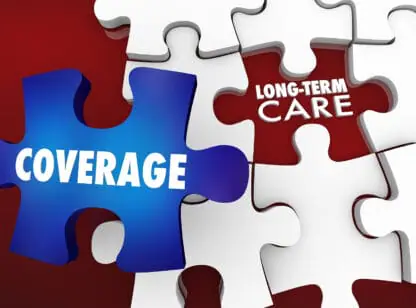We all know men and women are different in some fundamental ways. But is this true when it comes to financial planning? In a word, yes. On the path to financial security, it’s important for women to understand what they might be up against. Here are some simple steps to consider:
Take control of your money. Women live an average of 4.9 years longer than men.1 Therefore, they need to stretch their retirement dollars further and will likely need long-term care. Married women are also likely to outlive their husbands, which means they could have ultimate responsibility for disposition of the marital estate. Create a budget, manage debt and credit wisely, set and prioritize financial goals, and implement a savings and investment strategy to meet those goals.
Advocate for yourself in the workplace. According to the Bureau of Labor Statistics, within most occupational categories, women who work full-time, year-round, earn only 81% (on average) of what men earn.2 Have confidence in your work ability and advocate for your worth in the workplace. In addition, keep an eye out for advanced career opportunities, entrepreneurial ventures, and/or ways to grow your business.
Become a knowledgeable investor. Women sometimes are more conservative investors. Take the time to learn basic investing concepts, such as asset classes, risk tolerance, time horizon, diversification, inflation, the role of various financial vehicles like 401(k)s and IRAs, and the role of income, growth, and safety investments in a portfolio.
Plan for retirement. Save as much as you can for retirement. Estimate how much money you’ll need in retirement, and how much you can expect from your savings, Social Security, and/or an employer pension. At retirement, make sure you understand your retirement plan distribution options and review your portfolio regularly. Also, factor the cost of health care (including long-term care) into your retirement planning, and understand the basic rules of Medicare.
Protect your assets. Without an asset protection plan, a woman’s wealth is vulnerable to taxes, lawsuits, accidents, and other financial risks that are part of everyday life. Identify potential risk exposure and implement strategies to reduce that exposure. For example, life and disability insurance is vital to protect your ability to earn an income and/or care for your family in the event of disability or death.
Create an estate plan. To ensure that your personal and financial wishes will be carried out in the event of your incapacity or death, consider executing basic estate planning documents, such as a will, trust, durable power of attorney, and health-care proxy.
Craig Rumbaugh offers securities and investment advisory services through ING Financial Partners, member SIPC, and can be reached at 760.341.5010.
The above information is provided by Broadridge Investor Communication Solutions, Inc. (Copyright 2013) for informational purposes only, and is not affiliated with nor controlled by ING Financial Partners. The opinions/views expressed within do not necessarily reflect those of ING Financial Partners or its representatives. In addition, ING Financial Partners is not responsible for the accuracy of the information provided which was edited for length by Desert Health.
References: 1) The National Vital Statistics Report, Volume 60, Number 4, January 2012; 2) U.S. Department of Labor, Bureau of Labor Statistics, Women in the Labor Force: A Databook, December 2011










































Comments (0)